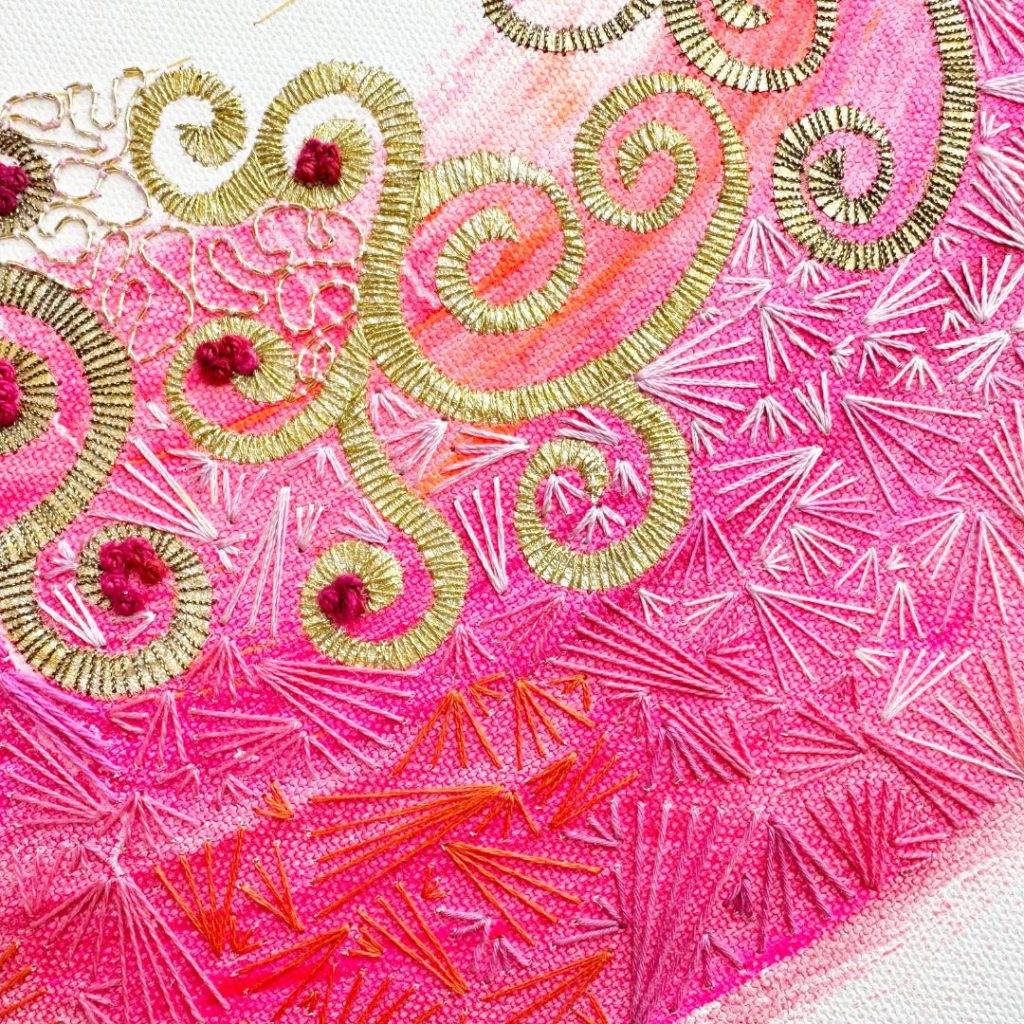Recently, I came across an exhibition opportunity with conditions of entry featuring the term ‘fully resolved artwork’.
So I decided to research the term ‘fully resolved artwork’, and unearthed that it can mean different things.
As so often happens in the art world, the term ‘fully resolved artwork’ is ambiguous – not only to those who teach but to those who practice, so it’s no wonder the term can be hard to fathom.
Sometimes it’s used to describe the whole work or in some cases, it simply refers to composition and execution within the work.
Think about that carefully.
I don’t know about you, but I’m left scratching my head.
I know what the term means to me, but it seems to mean something completely different to different people.
Let me try to clarify. Below are some of the meanings I found through a quick Google search:
- For some fully resolved simply means finished.
- For others, ‘not fully resolved’ refers to areas within the work that are not conceptually strong or require further clarity.
- Some teaching institutions use the term to describe a process of ‘lengthy determination leading to work that is display or exhibition-ready’.
- Some artists refer to the term as the artwork meeting their satisfaction.
I’m confused. Are they all trying to say the same thing?
No. Because:
- Finishing work does not mean the work is fully resolved to the concept or intention of the maker. As makers, I’m sure we’ve all experienced finishing work that has not met our expectations – in other words not fully resolved.
- The work cannot be fully resolved if certain areas of the work are not resolved.
- What exactly does lengthy determination mean? Work deemed exhibition or display-ready may not be fully resolved, it’s just ready to hang or display.
- Is there an artist who is ever satisfied with their work and doesn’t strive to achieve more each time?
So when it comes to using the term, fully resolved artwork, especially for competition entry, I think it should spelled out to the letter so everyone understands its meaning perfectly.
For me, a fully resolved artwork encapsulates almost everything. Such as:
- The work is display and exhibition-ready.
- The theme is immediately obvious.
- Narrative works should show the viewer an easy-to-understand storyline.
- The techniques and materials used are appropriate to support the theme or concept.
- The colours and composition support the concept.
- The title supports the concept.
- The work is finished to a technical level that supports the concept.
- Finally, the work should fulfil the artist’s intention.
Below is a work-in-progress for my upcoming exhibition next month titled Escape and I’m still answering some of those questions in this work.

Getting through all these processes takes time, thought, and a great deal of technical work, but that’s exactly what a fully resolved artwork is about.
The word ‘resolve’ means to: sort out, solve, find a solution to, set right, iron out, reconcile, answer, explain, fathom and figure out – basically, they’re the answers to all the questions the artist should be asking of themselves and expressing visually via a theme or concept.
So a fully resolved artwork should be overflowing with answers.
I applaud the idea of including the term ‘fully resolved artwork’ in a competition’s conditions of entry but feel it needs clarification to become clear to everyone.
If the art world isn’t in agreement, then what hope do we have?

All views and opinions expressed are my own, except where acknowledged information is included from other sources.

